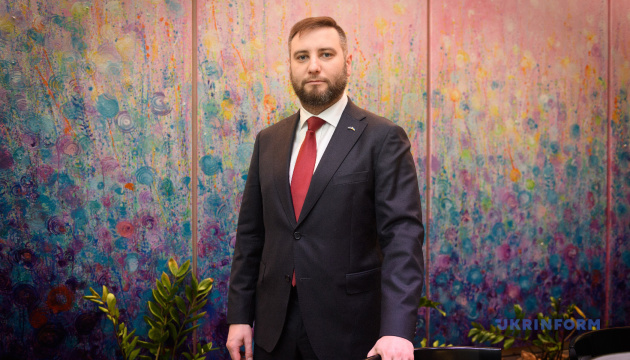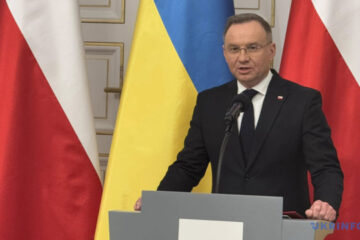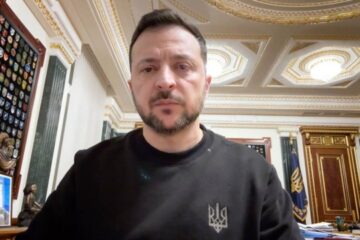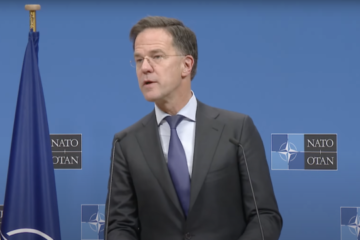When a Ukrainian journalist writes about Estonia, he has to let his inner “vigilante” rest. This country supports Ukraine in everything and understands the essence of our fight against Russia from its own experience. The conversation with Vladimir Svet, in which he drew many parallels between Ukraine and Estonia and emphasized the exchange of experience, went in the same spirit.
The 32-year-old minister of infrastructure of Estonia visited Kyiv and Odesa last week, where he signed a memorandum within the Plan for the Restoration of Maritime Industry of Ukraine. Ukrinform spoke with the minister about common challenges at sea, digitalization, and the future in the European Union.
WE FOCUS ON THE BATTLEFIELDS, BUT UKRAINE MUSTN’T FORGET THE NEEDS OF THE NAVY
– Mr Minister, we are meeting in Kyiv, but before that, you were in the port of Odesa. What is your impression?
– All the people I have met, both in the ports of Odesa and Chornomorsk, are real heroes. They keep the Ukrainian economy running and increase the amount of cargo going through these ports under constant attacks. I think colleagues have to reach out farther than Kyiv to see it with their own eyes.
This whole maritime recovery plan — the reason why we came to Odesa — contains the means of protecting Ukrainian infrastructure during wartime. Of course, you will need all that when Ukraine wins the war and starts a huge restoration process. Companies from all over the world will come there and start using that infrastructure, but you need it today. I hope we move to action swiftly.
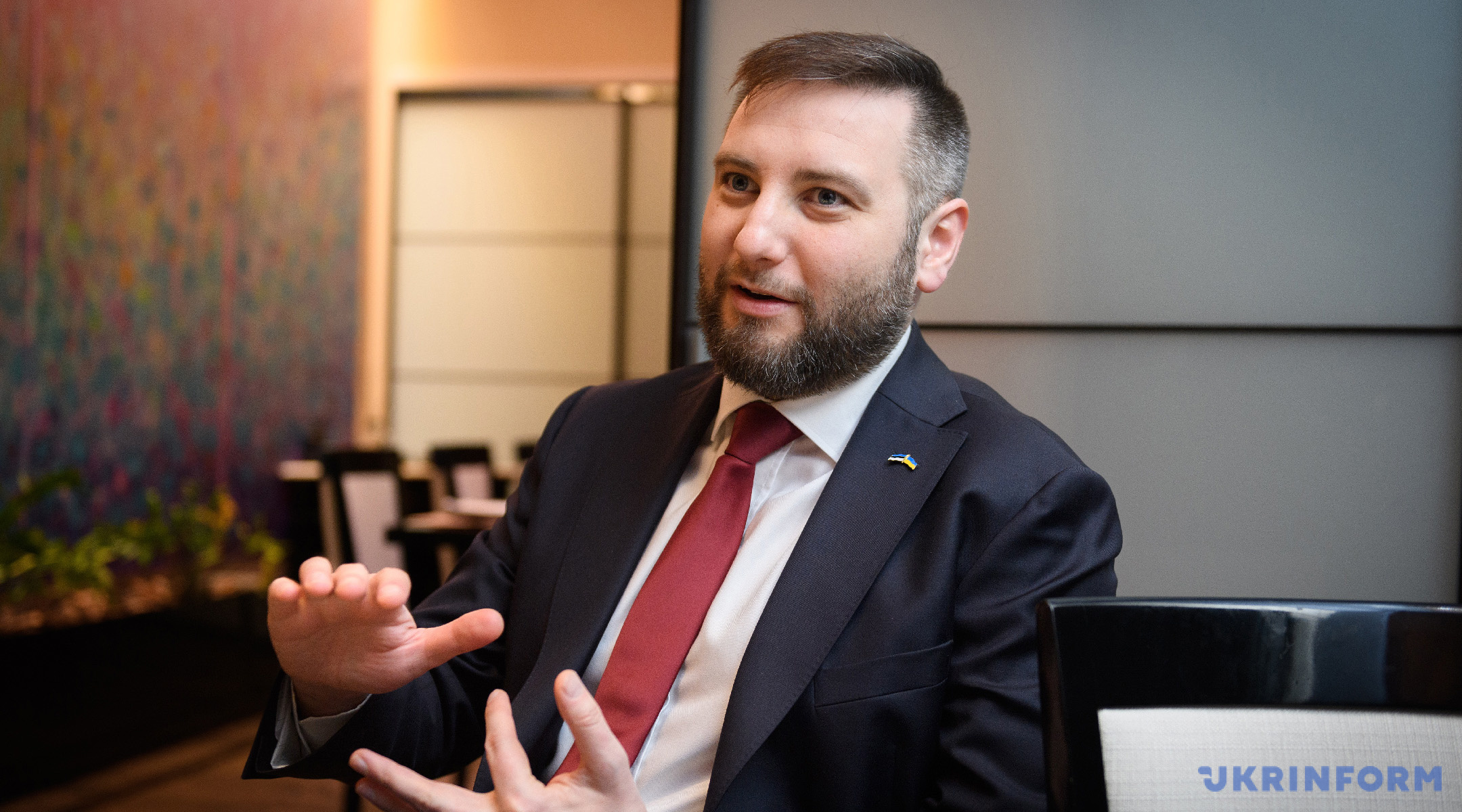
– The aforementioned memorandum aims to deepen cooperation in the transport sector. The document focuses on developing environmental and security technologies partially with innovative Estonian solutions. also Minister Kuleba mentioned there is a military component. Please tell us more about this.
– The first stage of this plan, which we consider the most necessary, answers the question of what the Ukrainian Navy and the maritime industry need now the most. It consists of a package for about EUR 600 million, divided into Navy and dual-use requirements. The Navy part is roughly 25% and consists of the most urgent needs of the Ukrainian Navy for them to conduct their operations in the maritime domain.
Speaking about the war, we usually focus on the battlefields, but it is important for the maritime country, especially Ukraine, not to forget the needs of the Navy.
The civil part of the plan focuses on helping keep up Ukrainian trade. First of all, it is the Grain from Ukraine initiative. We also want to raise the capability of your ports since you get great amounts of goods, cargo and energy resources through them.
– What are the similar challenges in Estonia and Ukraine around protecting maritime infrastructure against our common enemy? What experience in this area could both countries share?
– Both countries have a vast shoreline, which creates both opportunities and risks. If we talk about the military side, you have to think of how the enemy can use that and about your protective capabilities. On the other hand, the shoreline and the ports are the entering and exiting points for cargo, and without securing the possibility of bringing goods in and out, it is very hard to keep Estonia’s economy running.
Our shoreline is longer than the border with our neighbors from NATO. That is why we will use our ports to get aid and forces from our allies in case of a conflict. So, keeping the work of these ports is crucial.
At the same time, the maritime domain is very costly to protect. Vessels cost enormous sums of money, especially modern ones. This sphere develops as rapidly as warfare on land. I think, before the Ukrainian war, nobody could have thought of the effectiveness of sea drones as Ukraine is doing it. In the Baltic case, nobody would have thought this underwater cable destruction could be a means of hybrid pressure and warfare. The maritime domain requires innovation and investments.
I think that in this field — as in a lot of other fields — we have a lot to learn from Ukraine. What we have seen and heard in Odesa from our colleagues practical things we have to start thinking of implementing in Estonia. Ukraine is advancing, and I am proud we can help and contribute, but we have to learn also from you.
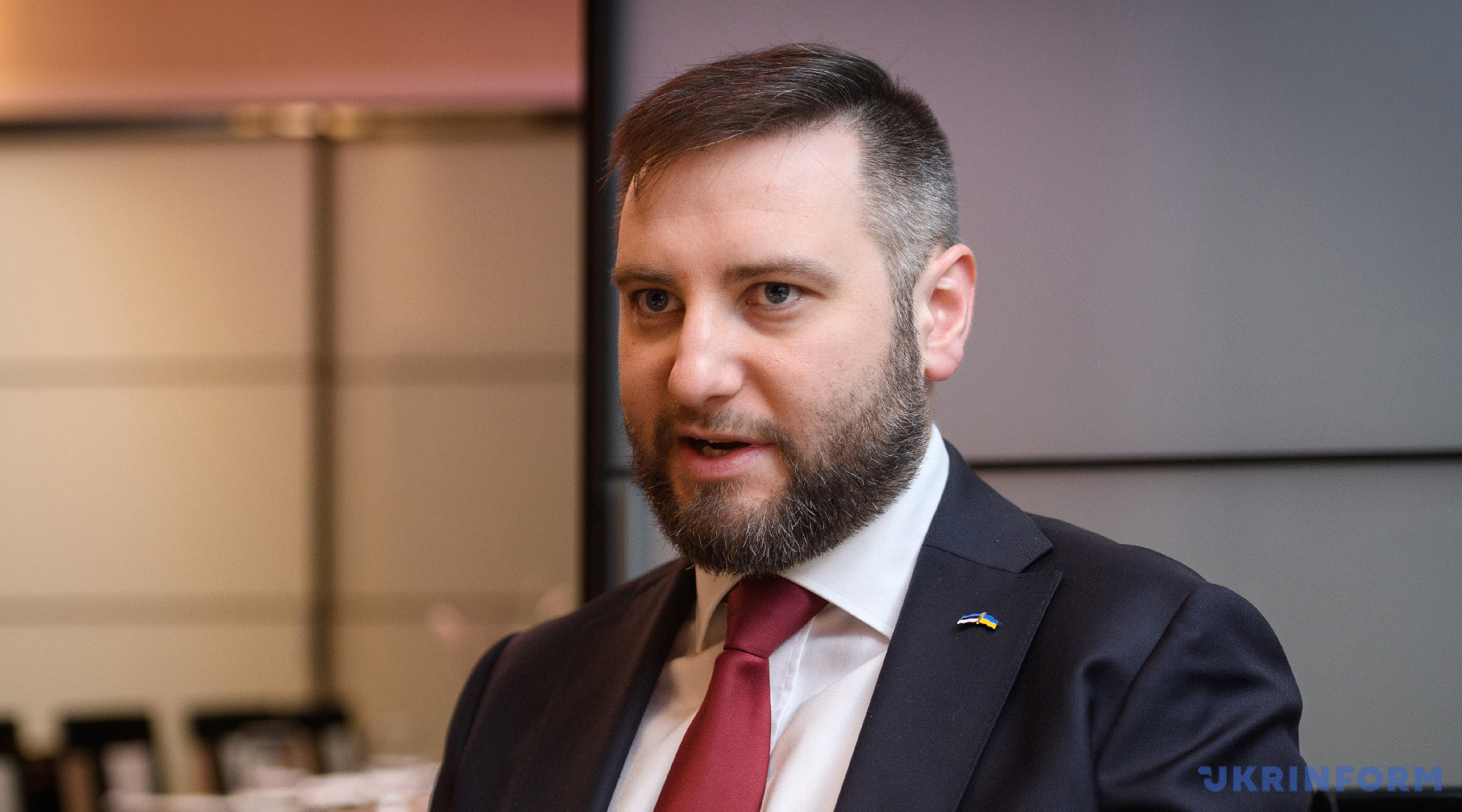
– So, the cooperation between Estonia and Ukraine is not a unilateral provision of help, right?
– No, I think we stand together and firmly before the challenges of the century. This relationship will not end with the war. We share the same values, the same background, a similar history of becoming a nation, and the same threat. The Russian Federation will not go anywhere.
We have to be prepared, and we have to work closely together, not just Estonia and Ukraine — Finland, Estonia, Latvia, Lithuania, Poland, and other EU countries that share this kind of history and understanding of this threat.
Eventually, our aim is not just to survive but to prosper. The European Union is about prospering and growing together, trading, and becoming wealthier. Here, we have enormous potential for cooperation.
CHANGING THE GAUGE WIDTH IS ALSO A CHALLENGE FOR UKRAINE
– What does cooperation between Ukraine and Estonia look like in developing the railway?
– For us, it has been a crucial step that even before officially joining the EU, your country has become part of the critical transportation network called TEN-T. Part of it is the plan to connect the Ukrainian railways to the high-speed railway network of Europe. In our case, it is Rail Baltica that starts in a harbor near Tallinn and goes through the Baltic states down to Poland. It is also a future link to Ukraine for us because it is planned to connect you to the same track in Poland that leads up North.
It is a very ambitious and costly project because building railways always requires years and millions and billions of investment. But, you know, we have a joke in Estonia that if we dedicated Ukraine to building Rail Baltica, it would have already been ready, given how you operate under this threat. We believe we can learn much from how to make things work more effectively for us, even in this sphere.
Rail Baltica is also a military question because we need a fast and stable connection to continental Europe for sending military equipment and new allied units. We see how big the influence of the railway on Modern Warfare is and how it dictates how troops will be moving.
Secondly, Ukraine and Estonia share the same problem of the gauge. Your gauge width is 1520 mm, while it is 1435 mm in Europe. Estonia’s existing railways also have Russian width. So, Rail Baltica is a step from it and towards Europe for us. We are using them parallelly, with the new system.
This is also a challenge for Ukraine because changing the gauge width would require tens of billions of euros. It is unrealistic. I think we will have to figure out together how to make this process effective, maintain the machinery, and secure the railway from being used by a potential enemy.
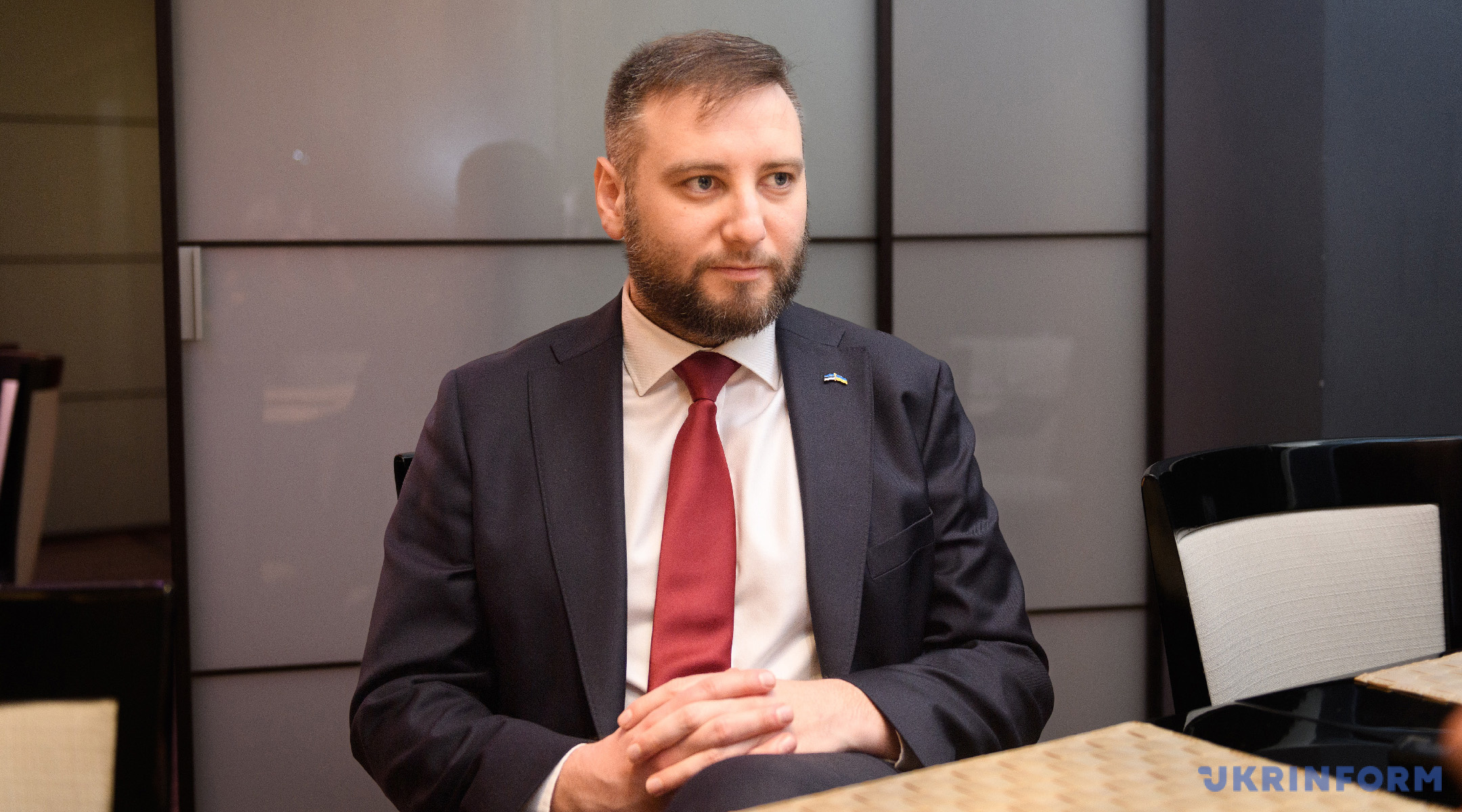
– So, you joined the EU in 2004 and are still changing the width of railways, right?
– Yes. As for railways, you always have to think: Shall I invest in, for example, electrification, or making it quicker, or safer for the people? Or shall I invest in changing the gauge width?
Estonia, Latvia, Lithuania, and Finland are not actually changing the gauge width of the existing railway but rather building new ones with new European gauge width and thinking of how to secure the railway from the enemy. There are means to do that and, in time, the change has to happen. The question is, what is more crucial today because money is always a limited resource.
THE DIGITAL STATE IS IMPOSSIBLE WITHOUT TRUST IN STRONG INSTITUTIONS
– Digitalization. Estonia is not the last country when it comes to it. Could you recommend what Ukraine could do to improve the infrastructure sector?
– We have to look at the background of the decisions when Estonia became a digital state. We had three tasks: making the system more effective after coming out of the Soviet Union, making the system cost less in the long term, and, thirdly, ensuring transparency and making it harder to promote corruption. The last thing was an important demand of our society because, when you have everything digitalized, you lower the risks of using “a special right”.
The digital state is not possible without strong institutions of law. People must have trust. You have to develop that trust in state agencies that deal with the digital state. You cannot create a digital state without it — or it will coexist with the old system. That is the biggest challenge and not the creation of software and servers.
There are several processes where we help Ukraine digitalize its services. We are again learning in this sphere a lot from you. We have been in this business for over 20 years, and some of our practices may not be that cutting-edge. For example, you can have your ID on your phone in Ukraine. We are just moving to that system in Estonia.
THAT SOLUTIONS IN ESTONIA CAN BE SCALED IN UKRAINE
– During the visit to Ukraine in mid-January, FM Margus Tsakhkna opened two houses in Zhytomyr for large families from Kherson region, whose construction had been financed by the Estonian government. Previously, Estonia built three family-type children’s units in Zhytomyr region. Have any of the partners been interested in your experience? Has anyone tried to borrow it and scale it up?
– As far as I know, yes, a lot of [partners]. There are ongoing discussions on how to use our experience further. One important thing was that there were private contractors both from Estonia and Ukraine apart from the government side. Building a kindergarten or a home for displaced persons is also very important. However, the main lesson here comes from the cooperation by the Ukrainian and Estonian private sectors.
We are working hard to take the next steps in renovating. We share the same problem of housing funds — the khrushchevkas, the panelkas, and the infrastructure there. The question is how to renovate this fund effectively, quicker and feasible for people because, in the end, you cannot just throw the state money and do it all by yourself. There is always some cooperation from the state and the apartment owner.
I cannot say we have this problem solved. I had the chance to discuss this problem with one of the deputies of the Vice Prime Minister [for Communities and Territories]. The scale of Ukraine is different, of course, but it means that solutions in Estonia can be scaled and become cost-effective.
If we talk about this very project of building new homes, this is done by colleagues from the Ministry of Foreign Affairs. I think they are doing a great job here, and hope they will also be an example for other countries that you do not have to wait for Ukraine to win. You have to come and invest now.
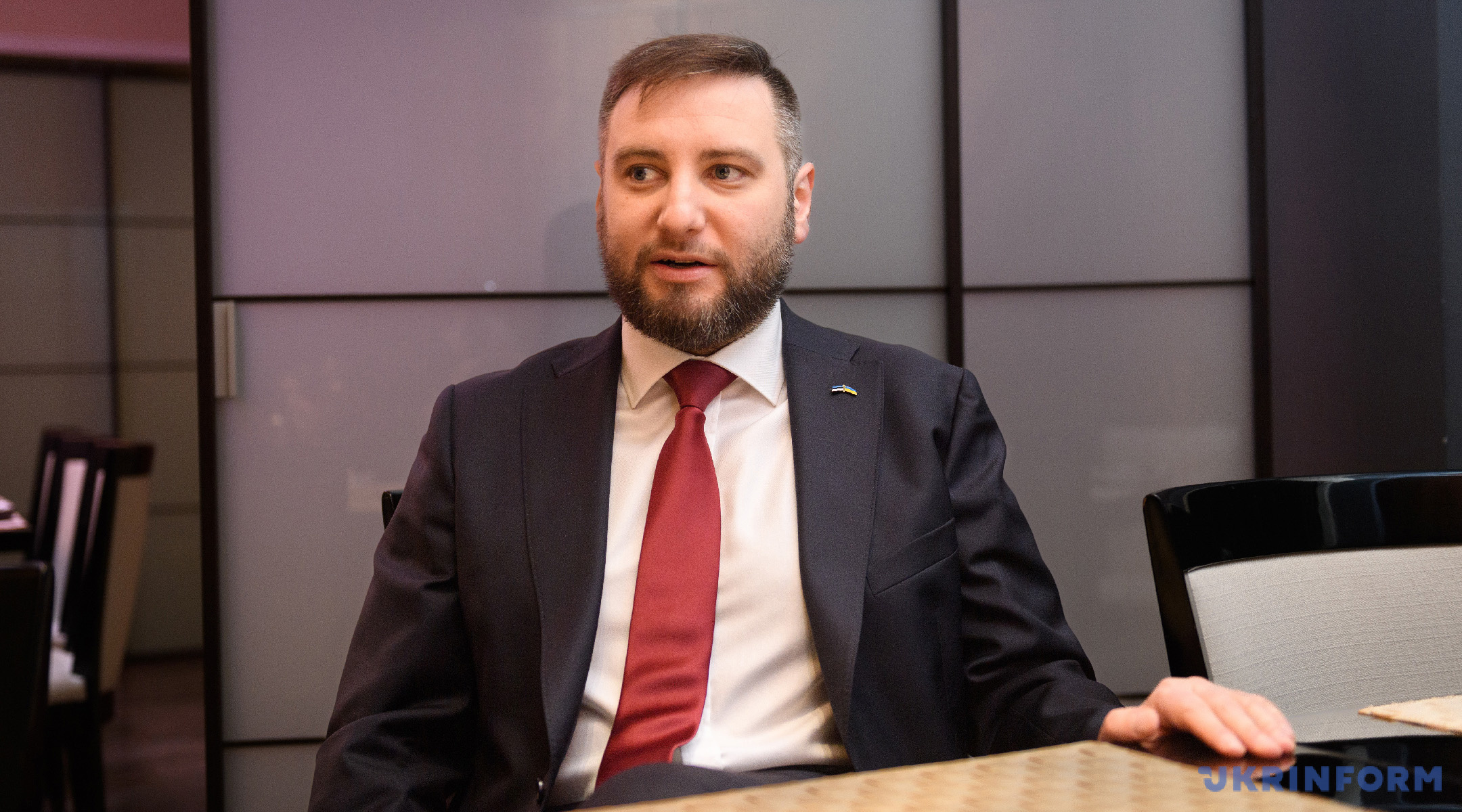
I DON’T BELIEVE IN COINCIDENCE WHEN IT COMES TO DAMAGED SEA CABLES
– Ukraine was somewhat skeptical of the Washington Post piece citing high-ranking US and EU representatives that the cables in the Baltic Sea were damaged due to the inexperience of the ship crews and not at the order of Moscow. How was this perceived in Estonia?
– We see it very simply. We will cut the wire between Estonia, Latvia, and Lithuania and the Russian electricity system on February 8, and we will join the European continental system. In this context, the sea electricity cables are essential because they help keep the system stable and keep the price for consumers feasible.
When those cables start to get damaged “accidentally” just before that — I do not believe in coincidence. This is why NATO deployed ships and why we have the Estonian Navy its naval operation to protect the cable.
My colleagues from the Ministry who deal with maritime issues and have served on a vessel say if you are a professional sailor, then you will always know if your anchor is down for 30 nautical miles. This series of events is not just a coincidence. I believe there is a human will behind that coming from the east.
I could believe one accident or two, but we have more. We have to be active in protecting our underwater infrastructure. Repairing an underwater electric cable takes months and millions of euros.
– Polish President Andrzej Duda called for the dismantling of the Nord Stream 2. He believes that Western Europe will not yield to the temptation to resume Russian gas supplies. What is Estonia’s position? Do you, Mr. Minister, feel it is there among European politicians now?
– Any dependence on Russia’s energy resources is a security breach. Russia uses energy as a means of influencing its neighbours. So, it would be stupid for any European country to count on Russia’s gas and oil to fulfil its needs.
It is like being a drug addict because it may bring you “happiness” for a second, but the next one poisons you and makes you dependent. We have to cut ties with Russia. It is neither cheap nor easy. This is why we are discussing it.
It is important not just to stop buying energy resources but to minimise the possibility of doing that so that there would be no temptation for different politicians to use this opportunity. Dismantle the Nord Stream 2 or not is a question, first of all, for German politicians and people to decide. But before doing that, we have to say to ourselves that we cannot count on Russia’s energy because it is a threat to us. If we even have the possibility that this might be used, we undermine our European community’s security.

UKRAINIANS TO UNDERSTAND SHARING RESPONSIBILITY IN THE EU
– Ukraine has long negotiations ahead regarding accession to the European Union and the implementation of EU legislation. In your opinion and given the experience of your country, where should we focus more effort?
– When Estonia joined the EU, I was still in school.
However, I think one thing is careful planning and understanding that joining the European Union is not a project for a year for 2, 5 or 10. It is a long perspective. You have to think big. It is not for me to say what the right solution for Ukraine is, but I feel that you have to look 10, 20, or 30 years ahead.
One thing I think is crucial for Ukrainian society to understand is that joining the European Union is about sharing responsibility. European politicians like to accuse Brussels of problems. But there is no “Brussels”. It consists of 27 state representatives, and they make decisions hidden behind this word.
I am sure there will be capitals from Lisbon to Kyiv. I think when Ukraine joins the EU, we will see Ukrainian politicians starting to think not just about Ukraine’s problem but the issues of the whole European Union.
Ivan Kosiakin, Kyiv
Photo: Kyrylo Chubotin

